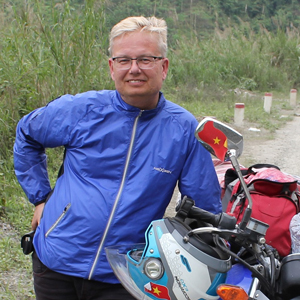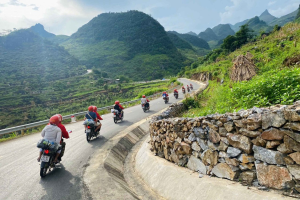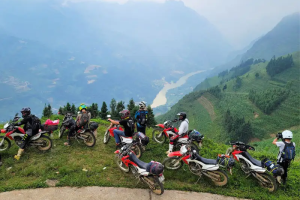The most significant holiday in Vietnam is definitely the Vietnamese New Year. It’s “Tết” in Vietnamese, and it’s based on the Vietnamese Lunar calendar. It falls end of January or early February [See below guidance of dates for a foreseeable future!].
The Vietnamese New Year shares many similarities to the Chinese New Year. However, it’s notably different in terms of traditions, cultural events, food and practice.
Doing your holiday during this time can be a nightmare or the best choice you take. The key is to understand what will go on. What is possible to do or not. In other words, a bit of planning is advisable.
In this post, we’ll answer some basic and very important questions you should ask yourself if travelling during this period. This way, we want to offer some guidance on things to remember to make Tết a cultural high point of your discovery of Vietnam. Our focus is, of course, northern Vietnam, specially rural areas.
So we’ll start by the first question that might come up to your mind:
1. What is the Vietnamese New Year like?
The Tết holiday is a celebration to welcome the New Year and imminent spring. It’s a time to sum up the past year. Most importantly, it marks a time for change and hopes for prosperity and happiness.
But it’s not like our January 1st New Year, when one declares simple goals as losing weight, not smoking or going to the gym. No, the Vietnamese New Year comes with real beliefs and rooted traditions.
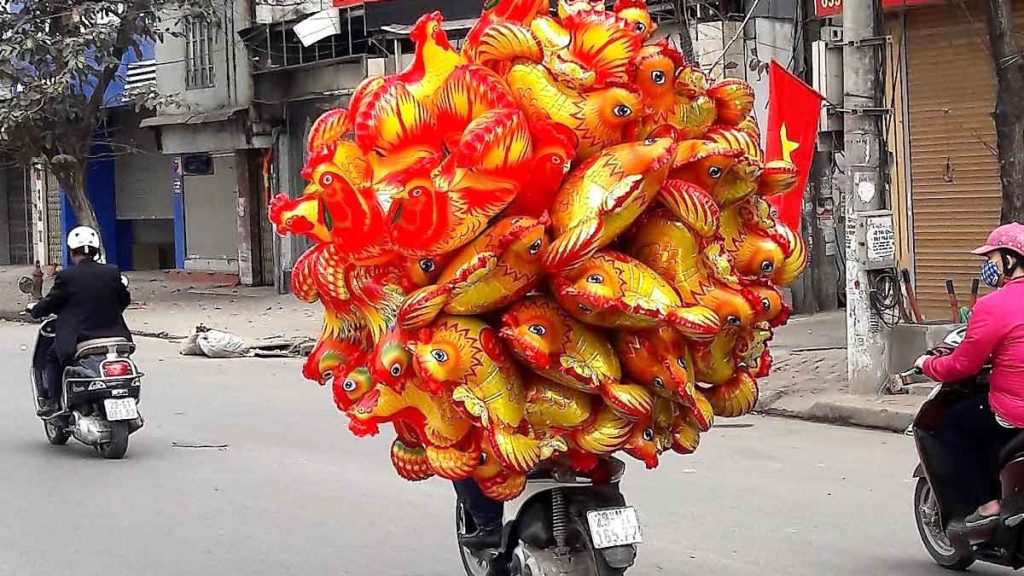
What you do and say and how you act on the first day of Tết truly set the pace for the rest of the year. Hence, expect a lot of smiling faces, cheery greetings of good fortune and happiness. This is all done to ensure and seal the good faith on what the New Year could bring.
Traditionally, the Tết Holiday could last for up to a month. But nowadays, it’s down to seven days, with the first three days considered most important. However, in rural areas it’s not uncommon that celebrations go on much longer.
The Vietnamese New Year is also the big time for family reunions. For some, the only one during the whole year. Vietnam’s population is very young. It has quickly become an urbanized and industrialized nation. Still, at Tết they come to pay respect to their rural home, and to living and dead older relatives. This causes mass-travel from big cities to the countryside on days leading up to this date. Expect buses, trains and planes to be fully booked many days in advance.
A warning: Drinking and driving
A word of cautioning. This is also the time when drink-driving is at its peak, so be attentive on the roads! A lot of “Happy Water” is served during Tet. In Ha Giang and Cao Bang, this liquor is normally made out of corn and not rice, as in most of Vietnam. It’s served not only for dinner but often availed both for breakfast and lunch. Say strictly no when the time is not right, and stay safe on the road.
Tết preparations start long before the actual holiday. People clean and decorate both houses and streets. Both bouquet and trees, with red or yellow blossom or fruits, are popular. These colors supposedly bring extra strength to attain happiness. Markets and shops are very busy. There’s plenty of traditional food to prepare and new clothes to buy for the children.
In the days leading up to the Vietnamese New Year, each family prepares special holiday dishes. In the north, an important one is the bánh chưng. It’s a firmly packed sticky-rice ‘cake’, filled with meat or beans, wrapped in phrynium or banana leaves. It’s cooked overnight and, in many homes, accompanied by storytelling of past times.
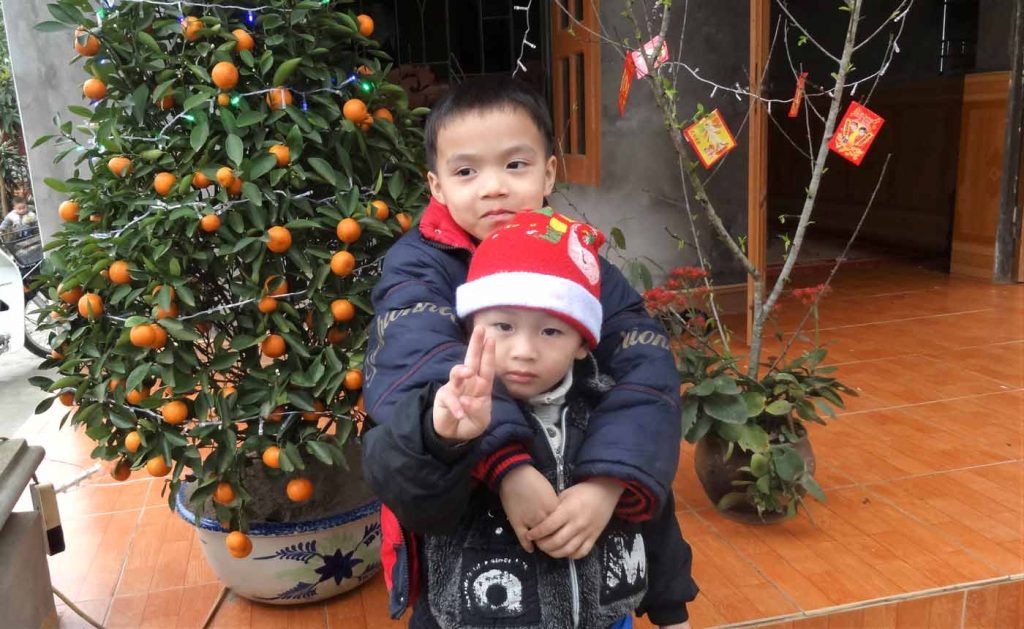
Tết’s first day is reserved for the closest family. Children wear their new clothes and both children and the eldest receive “lucky money”, which is placed in special red envelopes. If invited to visit a local home during this holiday, don’t bring presents nor flowers! Instead, you may acquire these envelopes (at any shop!), fill them with some “lucky money” and give it to children and the really elderly people. They’ll certainly consider you a giver of luck and fortune [a normal amount is ₫ 50,000 – 100,000 per envelope].
Tết’s second day is for visiting friends and more distant relatives. The third day is often for teachers and religious sites.
The traditional greeting, and the most important to learn for this season is: “Chúc Mừng Năm Mới” (Happy New Year), pronounced something like “Chook’ moong- nam moy’“. The mark is for tone, if you really want to say it right: ( ‘ ) is higher, ( ) is normal, ( – ) is lower. Good luck sending good wishes!
2. Does transport work normally during and around the Vietnamese New Year?
As mentioned, at Tết families come together. This equals to a lot of travel for the 90+ million Vietnamese population. So this is not a time for last minute and impromptu travel plans. The busiest time is the two or three days leading up to New Year’s Eve, and the three or four days following it. Most importantly, from noon of New Year’s Eve until four or five days after, do not expect any local public buses to operate. Only very few trains and domestic flights will be running.
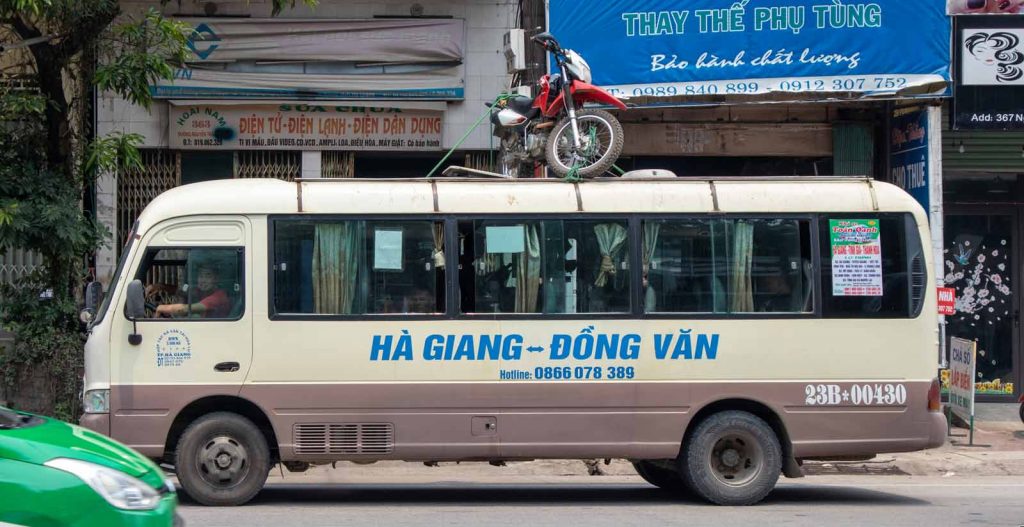
Please do not trust internet transport booking sites during this period! They’ll probably cancel confirmed bookings with only 12hrs notice, as it’s happened for years. You should even mistrust your hotel concierge or hostel receptionist if they found a bus ticket on these days! To ensure safe transport to your destination, ensure not to book in the peak of the holiday. Only rely on bookings that are prior and safely after the central days of the Tết holiday.
A solution you could find to travel during these dates is a private car. However, notice fees will be quite expensive during this holiday.
Finally, roads will obviously be busy these days, and delays are common. If you have connecting flights or other connections, give yourself ample time and good margins.
3. Is it possible to rent bikes at QT Motorbikes and Tours during Vietnamese New Year?
Sure thing! QT Motorbikes and Tours remains open all days of the year for self-guided rental services. However, local guides enjoy a seven-day Tết leave, so we don’t offer guided services. For more precise info on this, write QT.
4. Are shops open during Tết?
Not much, really. Not only public transport cease to work during the Vietnamese New Year. The first three days, everything is pretty much closed if you’re outside big cities: shops, restaurants, markets… Essential services, like hospitals, police and petrol stations will be running, though.
Banks, government offices and all tourist attractions with an entrance fee remain closed for at least seven days of the official Tết. But truth is the great thing about traveling the roads of Ha Giang and Cao Bang is that the most amazing things you’ll find here are free. The magnificent natural landscape and the superb hospitality of its people are all around you at no cost.
5. Can I find accommodation during Tết?
There might be a few hotels that close during Tết, but most don’t. Normally, finding accommodation is not a problem at all, even on direct arrival.
However, this is my best tip: find your accommodation in genuine homestays or family run guest houses! While this is always a great accommodation option, during Tết it is a must! What could give you a better experience than arriving to a family who is in the middle of celebration? As a temporary visitor, it can be hard to be anything but a spectator. But homestays offer the real deal! A festivity with all the food, hospitality, colors and traditions that make up Tet.
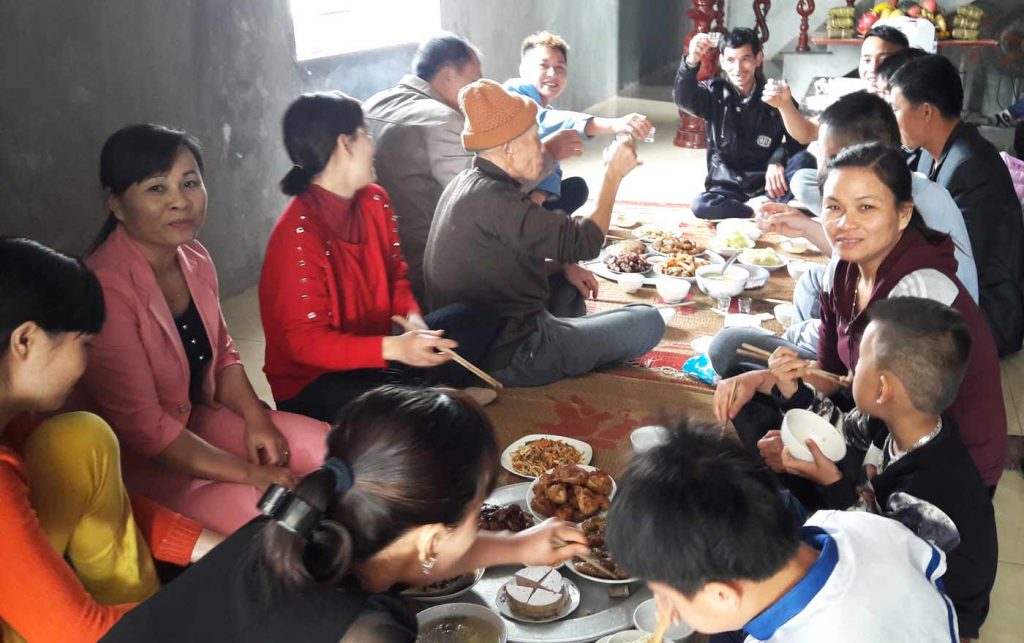
Along the roads of Ha Giang and Cao Bang, the best choice is the many ethnic minority homestays. QT’s staff will give you the best suggestions and directions where to find these. Be careful to avoid the many so-called homestays that simply are just another hostel.
This is also a season when you should consider staying more than one night in a village or a small town. First, during Tết, you are “trapped” in your location for more than the minimum days possible to do a loop due to transport limitation to/from Ha Giang and Cao Bang. So there you have a great excuse not to rush. Secondly, spend that extra day and see that Tết is not happening only by the evening meal, but takes place throughout the days.
Finally, with limitations of the shops and restaurants being open, your homestay can also come to your rescue. You can stock up on water and ask them to arrange a simpler packed lunch at a small charge.
6. Are prices hiked during Tết?
Definitely not. At least if you’re not at a fancy resort… which there aren’t in Ha Giang and Cao Bang. Hiked tourist-prices are almost unheard of in these mountains and valleys. Tết is also, as earlier explained, an important mark for the good New Year. Haggling is not common in these areas. Even less so during Tết. It’d be leaning of being extremely rude. So if something is not to your pocket, then go to the next vendor.
Vietnamese people want to ensure starting the New Year in the best possible way. Therefore, it’s very unlikely that a rural Vietnamese businessperson raises their prices for you. That could bestow a bad start to the expectations for the year to come.
A bonus track: the Vietnamese New Year calendar
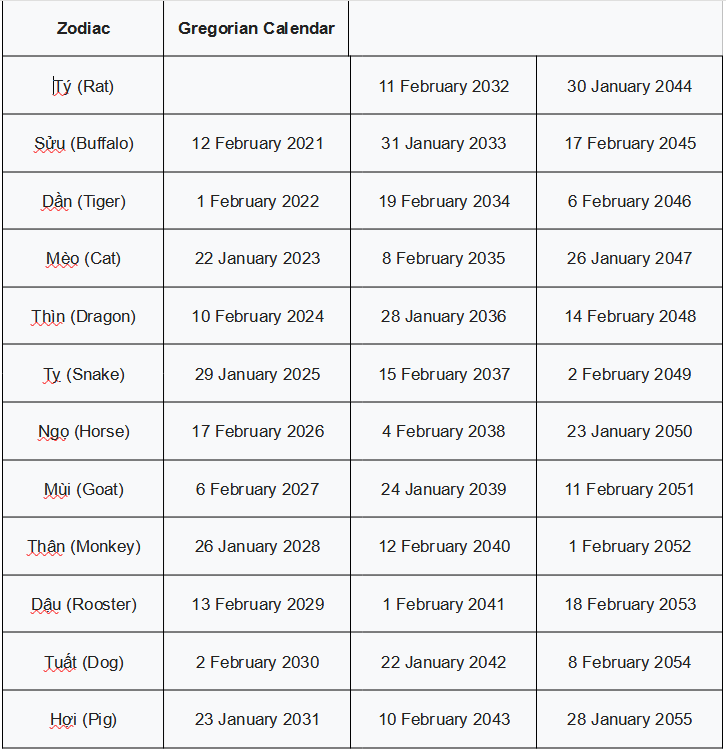
Chúc Mừng Năm Mới – Enjoy Your Vietnamese New Year!
